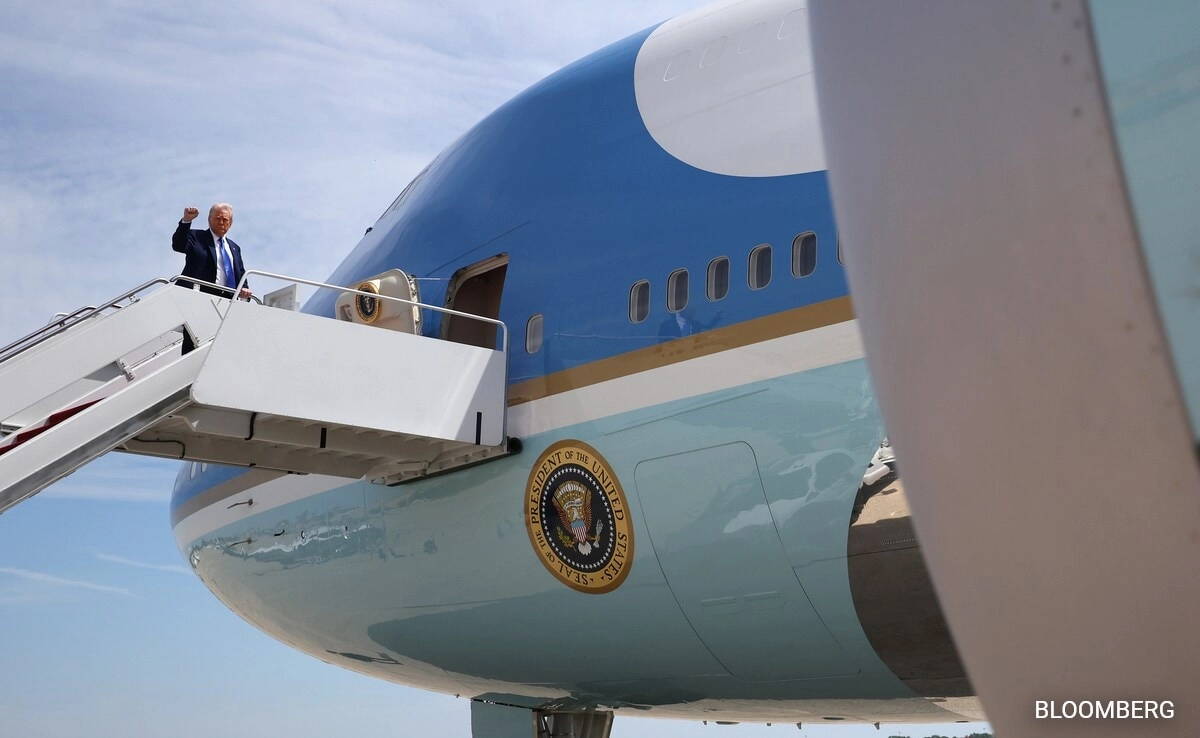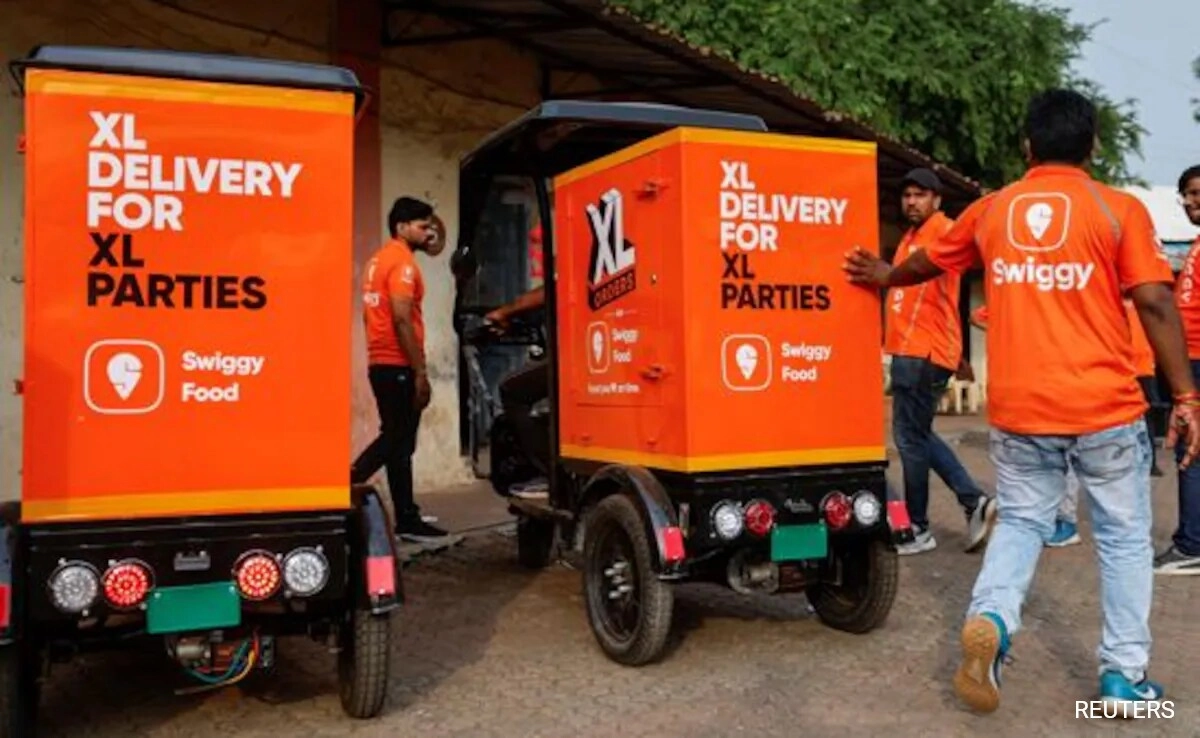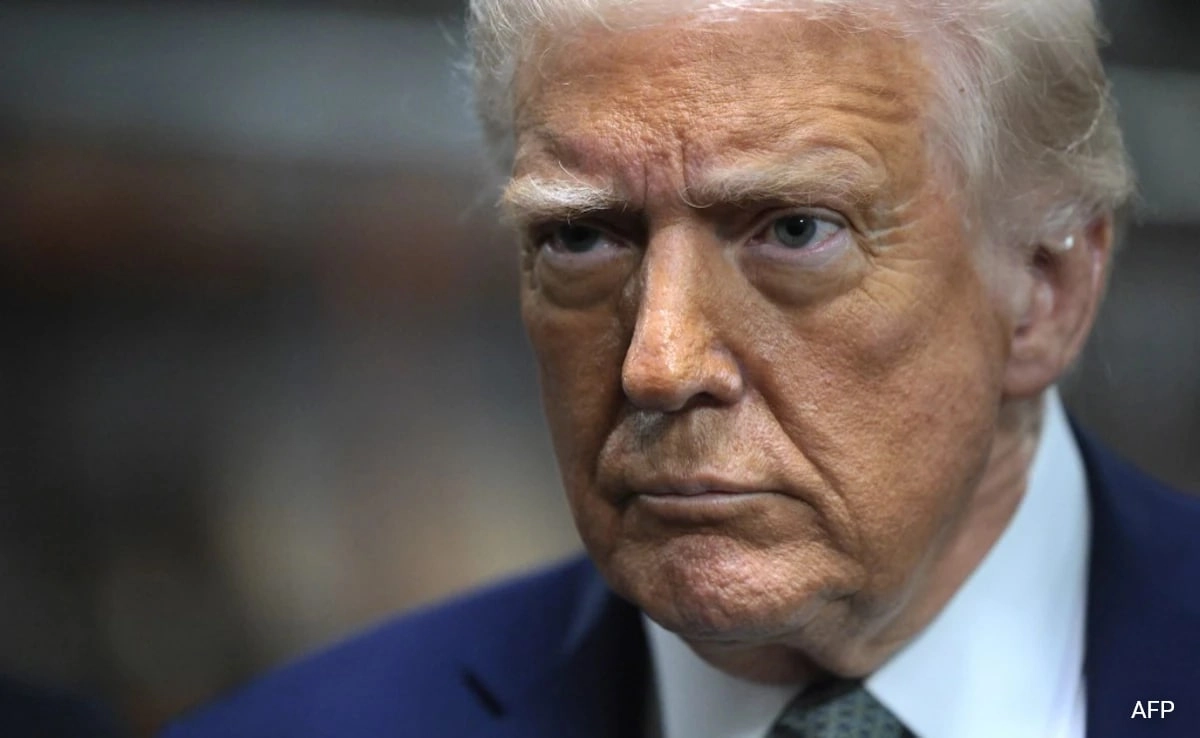In the realm of American politics, few symbols resonate as powerfully as the aircraft that transport leaders and decision-makers. In “Trump’s World,” these aircraft represent not just modes of travel but significant instruments for political influence and favors. For former President Donald Trump, airplanes were more than a means to reach rallies and meetings; they embodied the essence of his brand and the network of relationships he cultivated. The ability to traverse the country at a moment’s notice allowed him to connect with supporters, donors, and political allies, solidifying his presence as a formidable force in the Republican Party.
Aircraft served as a conduit for forging alliances and securing political capital. Trump’s private jet, with its gold-plated interiors and luxurious amenities, became a symbol of his wealth and success. However, beyond the glitz and glamour, these planes allowed Trump to engage in the kind of personal politics that characterized his approach. By inviting potential allies or influential figures aboard, he could strengthen bonds and negotiate deals in a more informal and intimate setting. This strategy not only helped him gain support for his initiatives but also reinforced a culture of loyalty and mutual benefit, where favors were exchanged in the skies.
Moreover, the strategic use of aircraft in Trump’s political playbook highlighted the broader implications of travel in modern politics. With the ability to reach various states and communities quickly, aircraft enabled Trump to amplify his message and rally supporters effectively. His travels were carefully orchestrated to coincide with critical political moments, ensuring that he remained at the forefront of national discourse. The symbolism of flight transcended mere logistics; it represented the agility and responsiveness that many of his followers admired. In this context, aircraft became more than a tool; they were an essential part of the strategy that allowed Trump to navigate the complexities of political favors and alliances.
In conclusion, the significance of aircraft in Trump’s political landscape cannot be overstated. They served as a vital link in the web of connections that defined his approach to governance and campaigning. By leveraging the power of flight, Trump was able to foster relationships, exchange favors, and maintain a dynamic presence in the political arena. This interplay between aviation and politics underscores the evolving nature of influence in contemporary society, where access and mobility can play pivotal roles in shaping outcomes. In “Trump’s World,” aircraft were not merely vehicles; they were keys to unlocking the doors of political favor and influence.




